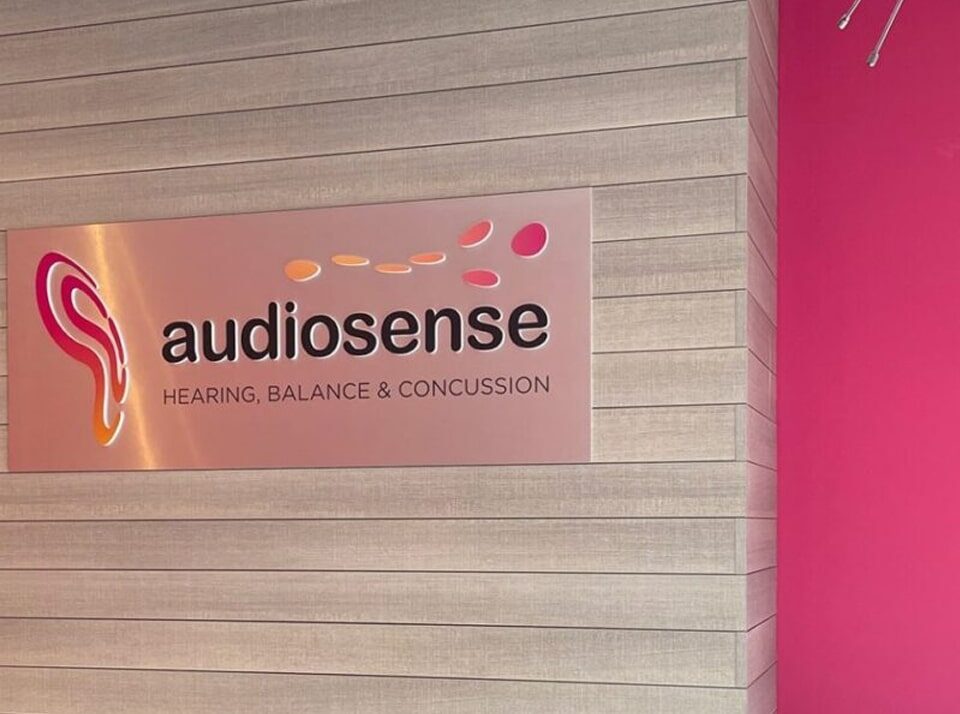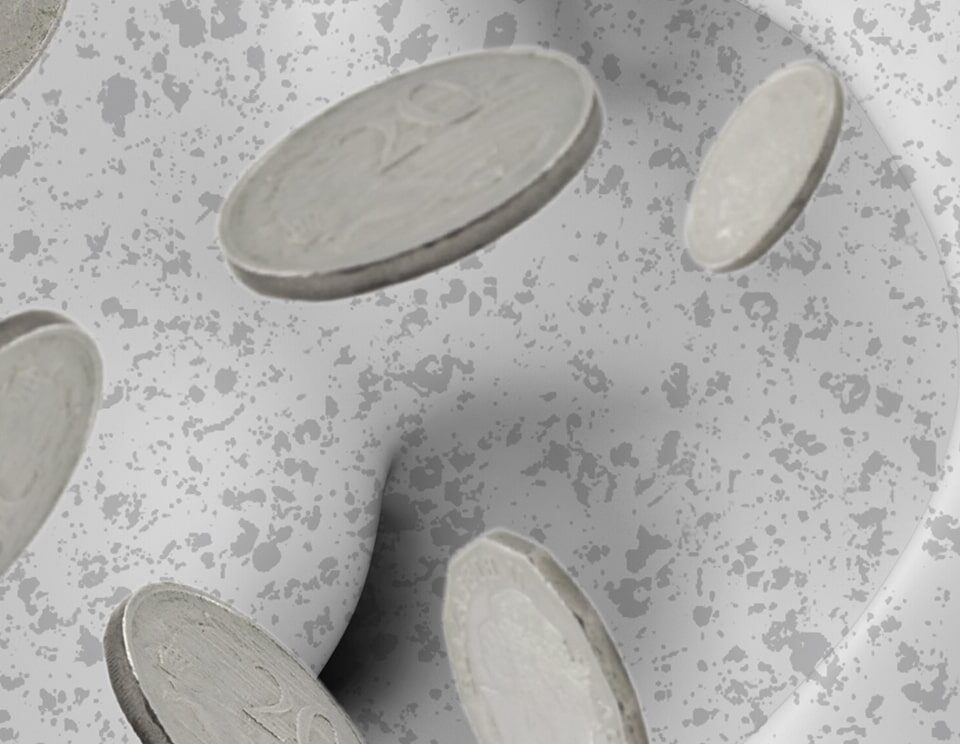Sound travels in a wave from a sound source in our environment into our ear. There are a series of checkpoints the sound wave must pass through in order for our brains to hear a sound and correctly identify it as ‘a door closing’ or ‘a dog barking’. If there are problems at any of the checkpoints, temporary or permanent hearing loss may be experienced.

- The waves are collected by our pinna (what you think of as your ‘ear’) and travel into our external ear canal until they reach the ear drum, or tympanic membrane.
- From there the sound wave passes the vibrations through 3 small auditory bones, or ossicles, that are housed in the middle ear. In order, the bones are the Maleus, Incus, and Stapes.
- The physical vibrations move from the bones to the cochlea, causing a fluid in the cochlea to move, activating areas along the cochlea that correspond to different pitches or frequencies. Think of the snail shaped cochlea laid out flat like a piano, low pitches on one end, high pitches on the other.
- When a certain pitch place is activated, that section of the cochlea fires a signal up the auditory nerve and into the hearing part of our brain where it is processed.
About the Author
Salima Jiwani is the Founder/Director and Lead Audiologist at AudioSense Hearing, Balance & Concussion, an audiology clinic in Yorkville, Toronto. Salima has a keen clinical and research interest in disorders of the external, middle and inner ear, including hearing loss, auditory processing difficulties, tinnitus, sound sensitivities and post-concussion auditory deficits. Salima is passionate about understanding how the brain responds to sound after injury and in post-surgical management of cochlear implants. Salima works with children and adults of all ages at AudioSense, and provides her patients with industry-leading audiological care by leveraging her clinical, research and industry experience. She firmly believes in a holistic cross-collaborative team approach to audiological care and is always looking for outside-the-box evidence-based innovative ways to offer care to her patients. Outside of work, Salima continues to be engaged in advocacy initiatives to elevate the profession of audiology, give audiologists a voice and promote optimal audiological care for her patients.





